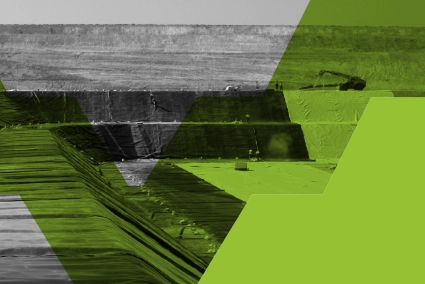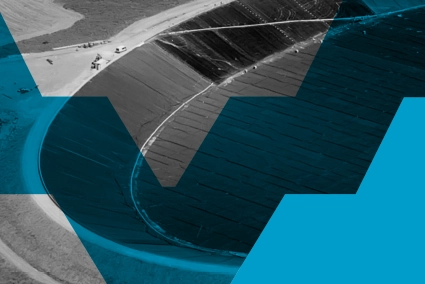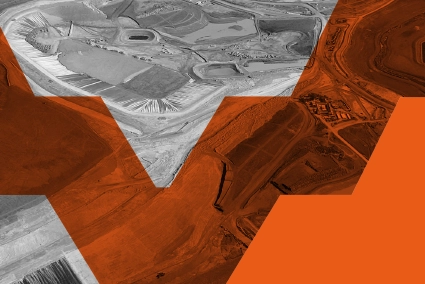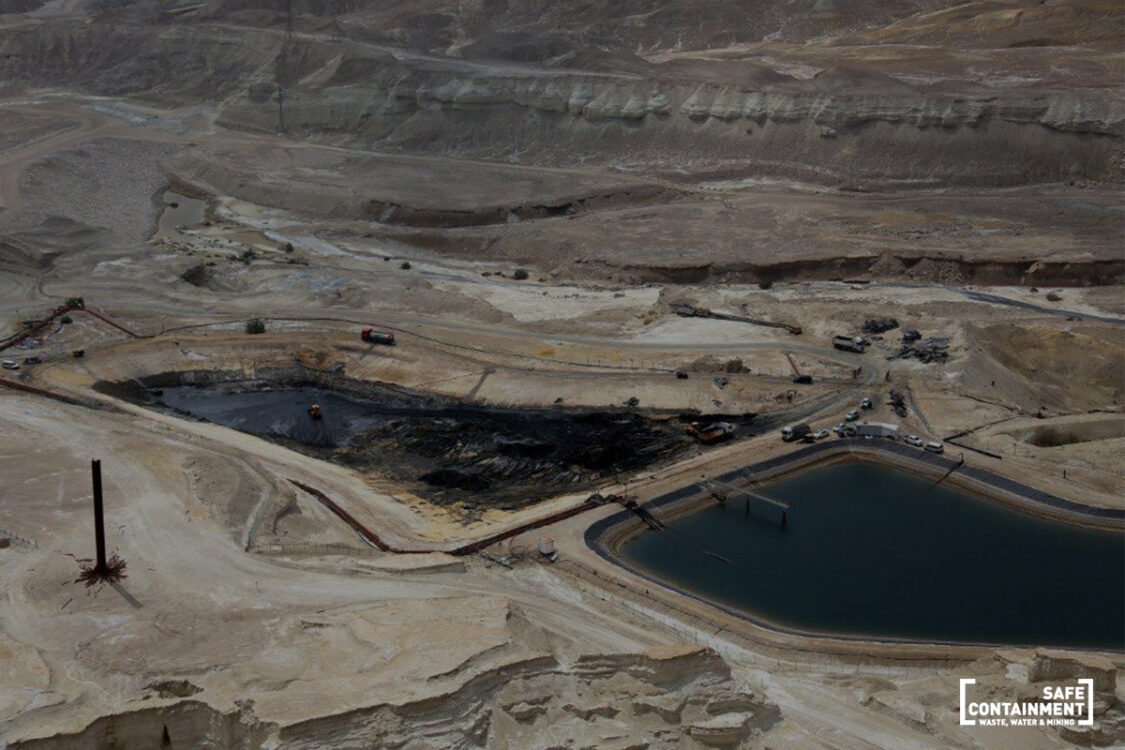Values that guide us towards a sustainable and responsible future.
In our company, we base our actions and decisions on three fundamental values: respect, authenticity and innovation. These principles allow us to move forward with responsibility and vision.
RESPECT
It guides our relationships and our commitment to the environment.
AUTHENTICITY
It ensures that we act with consistency and transparency in every aspect of our business.
INNOVATION
It drives our growth, always seeking solutions that generate value for our customers and the planet.
ATARFIL
Containing the Past, Cultivating the Future: Sustainable Solutions for a Cleaner Planet
Innovation in every project

GLOBAL
Thanks to our global expansion, our products are available all over the world. Committed to excellence, we bring them to every corner of the planet, bringing innovation and quality, regardless of distance or location.

SITE- SPECIFIC
We specialize in complex projects, offering personalized advice from the design stage to guarantee site-specific solutions that adapt to the unique conditions of each site, meeting the highest international standards of efficiency, durability and sustainability.

CUSTOMER
With clients in more than 60 countries, we collaborate with global companies in the mining, water and environmental sectors, among others.
ATARFIL GEOMEMBRANES
Safe containment
We offer safe and efficient containment in a variety of demanding environments and applications.
Proprietary Technology and Maximum Accuracy
Our production machines, designed entirely with our own technology, allow absolute control over the manufacturing process. This guarantees geomembranes with exceptional flatness and regularity, ensuring a safer installation and durability of our products.
Versatile
We offer a wide variety of products and have a remarkable development capacity, which allows us to adapt to the needs of different sectors. Our solutions are efficient and reliable, designed to meet a wide range of applications.
Sectors and Applications

WASTE
We specialize in geomembranes for waste management, offering impermeable solutions that prevent pollution and protect the environment.

WATER
We offer advanced solutions in geomembranes for water, guaranteeing the conservation and sustainable management of water resources in reservoirs, canals and irrigation systems.

MINING
We provide geomembrane solutions for the mining industry, ensuring secure tailings containment, robust heap leach performance, and protection from harsh chemical exposure.
Positively impacting the planet and people.
PURPOSE ATARFIL
At Atarfil, we positively impact the planet and people, guided by our pillars of respect, authenticity and innovation. We are committed to building a sustainable and responsible future through high-quality geosynthetic solutions that protect the environment and benefit communities.
SECURE CONTAINMENT
Sustainable solutions, driven by respect, authenticity and innovation. We make the difference through quality and commitment to the environment.
PROUD TO BE
We are proud of who we are, we enjoy what we do, and this has allowed us to occupy a decisive position in the world geomembrane market in an extremely competitive environment.
WE CARE
We care about people, the planet and the future.
Blog

HDPE Geomembrane Density and Polymer Structure

Achieving Environmental Safety and Longevity: A Deep Dive into Geomembrane Leak Rates and the Imperative for High-Quality Liners











